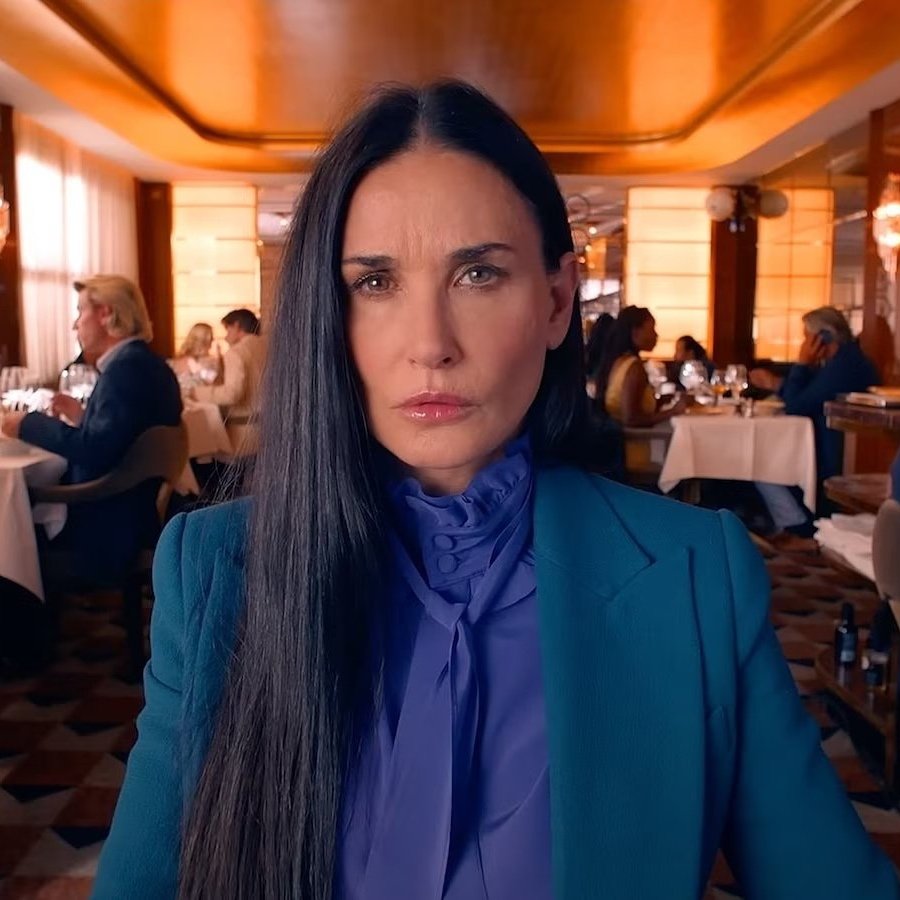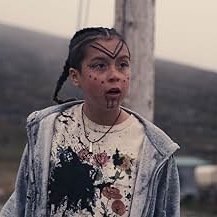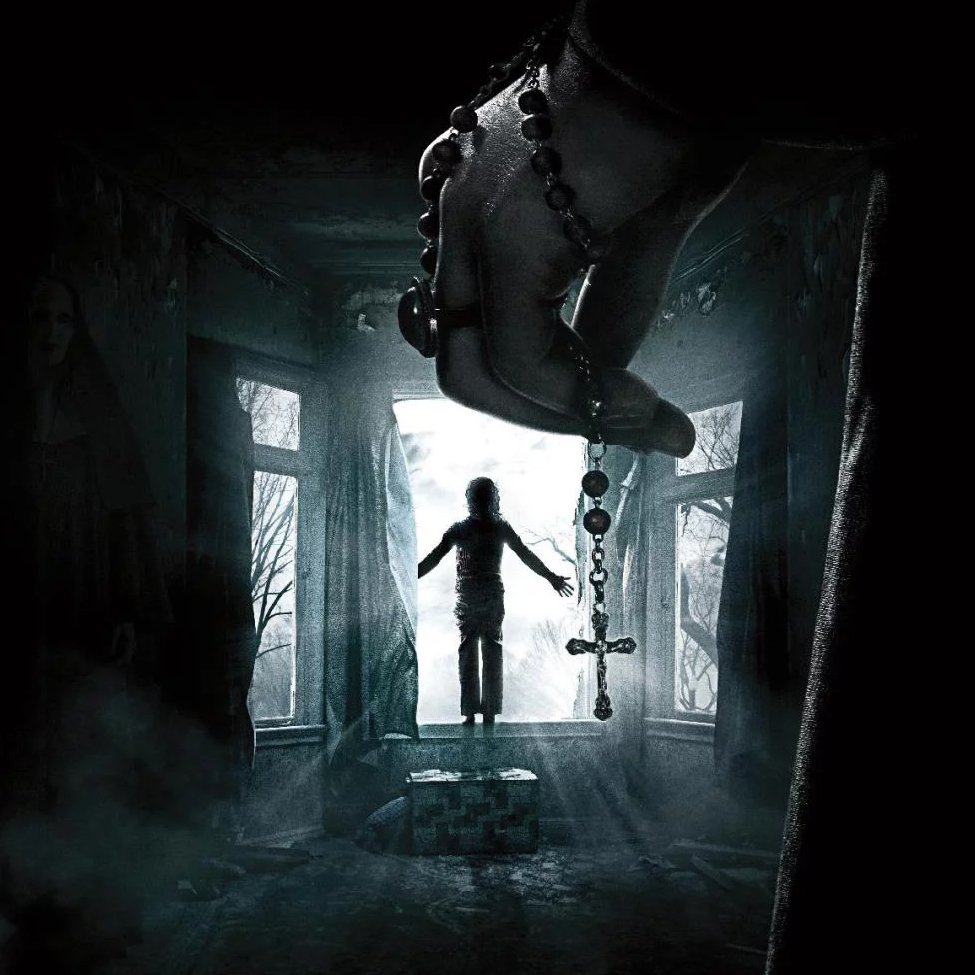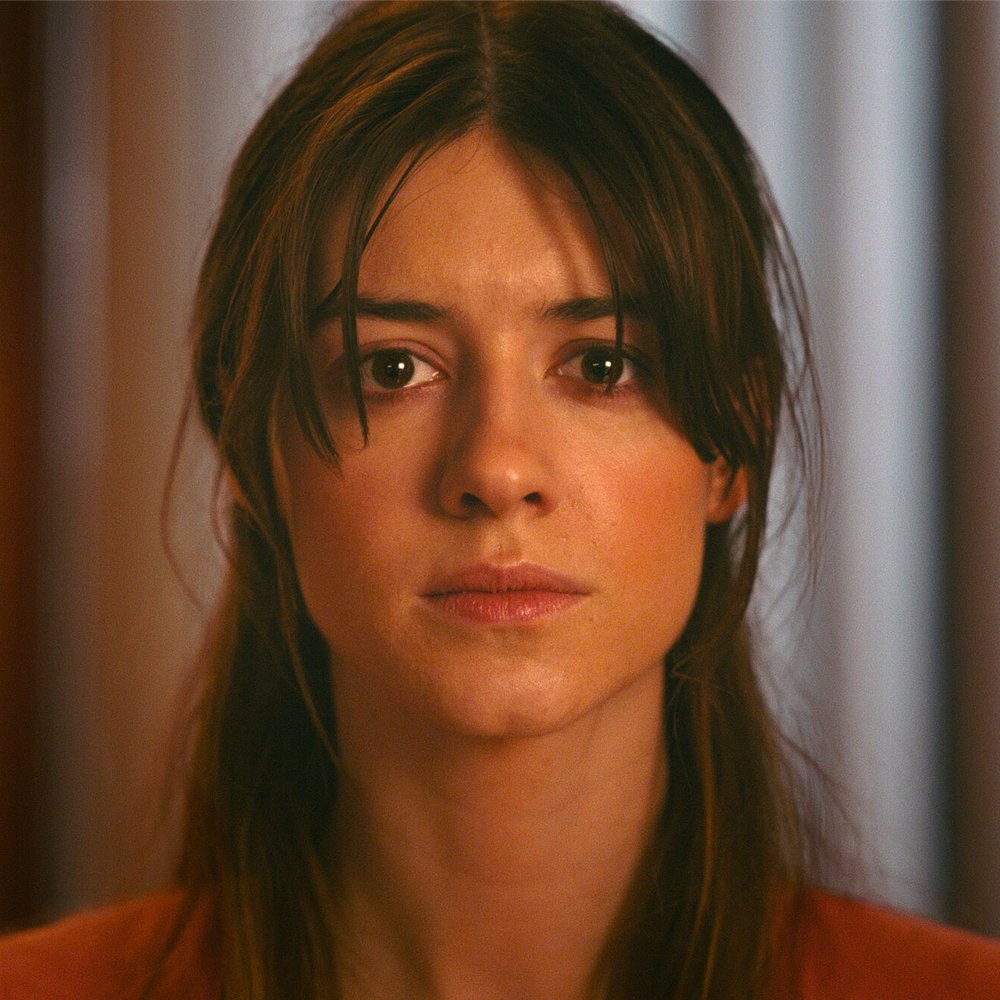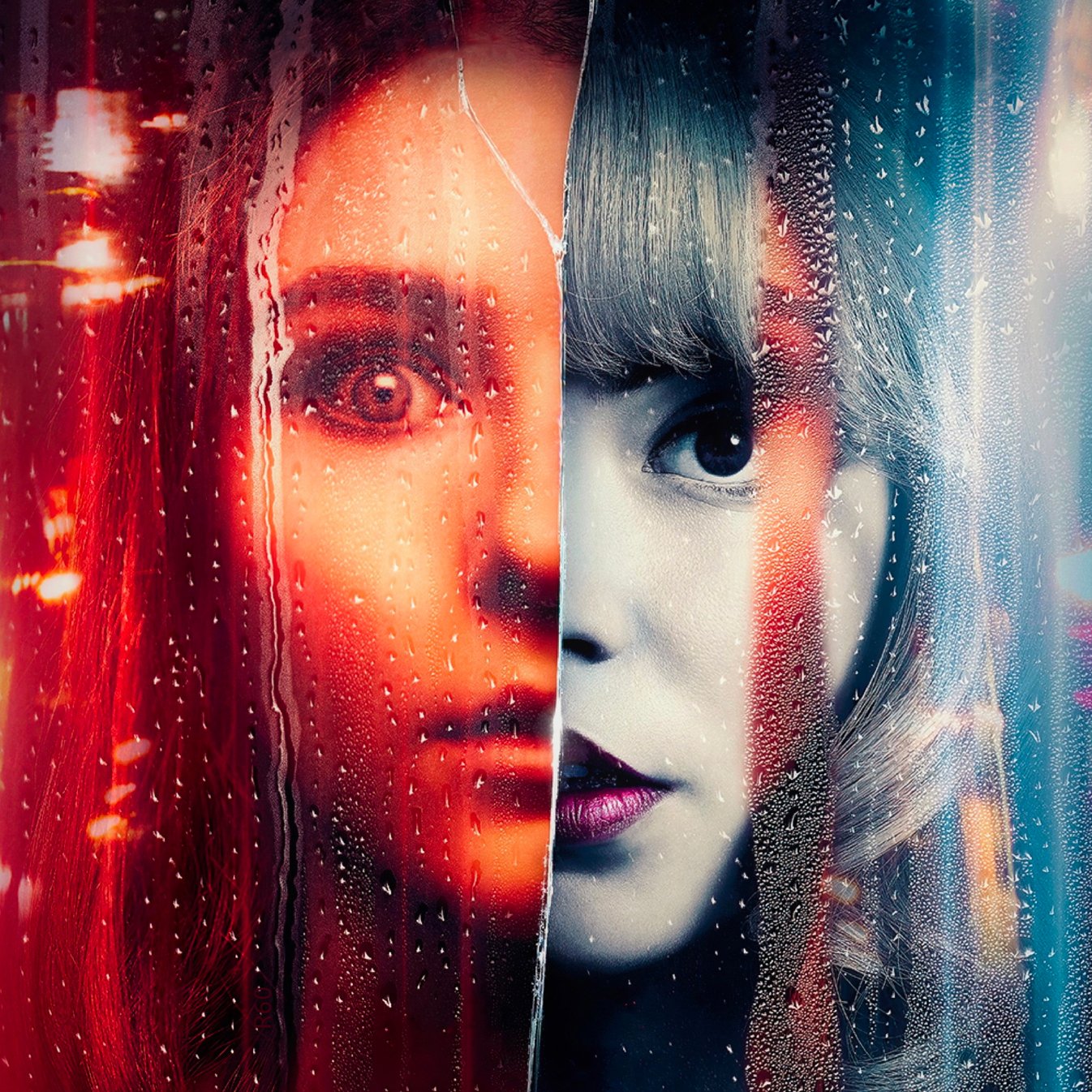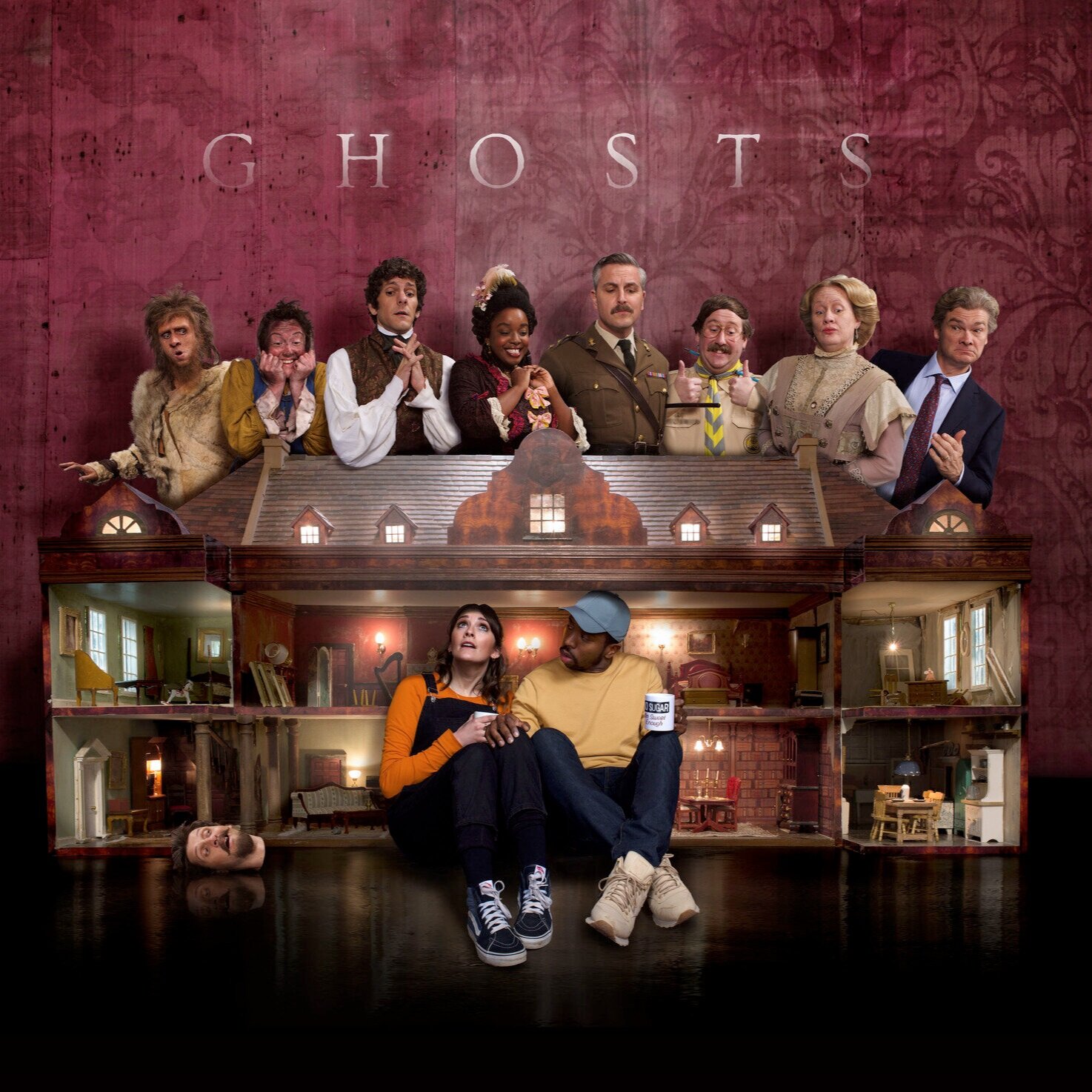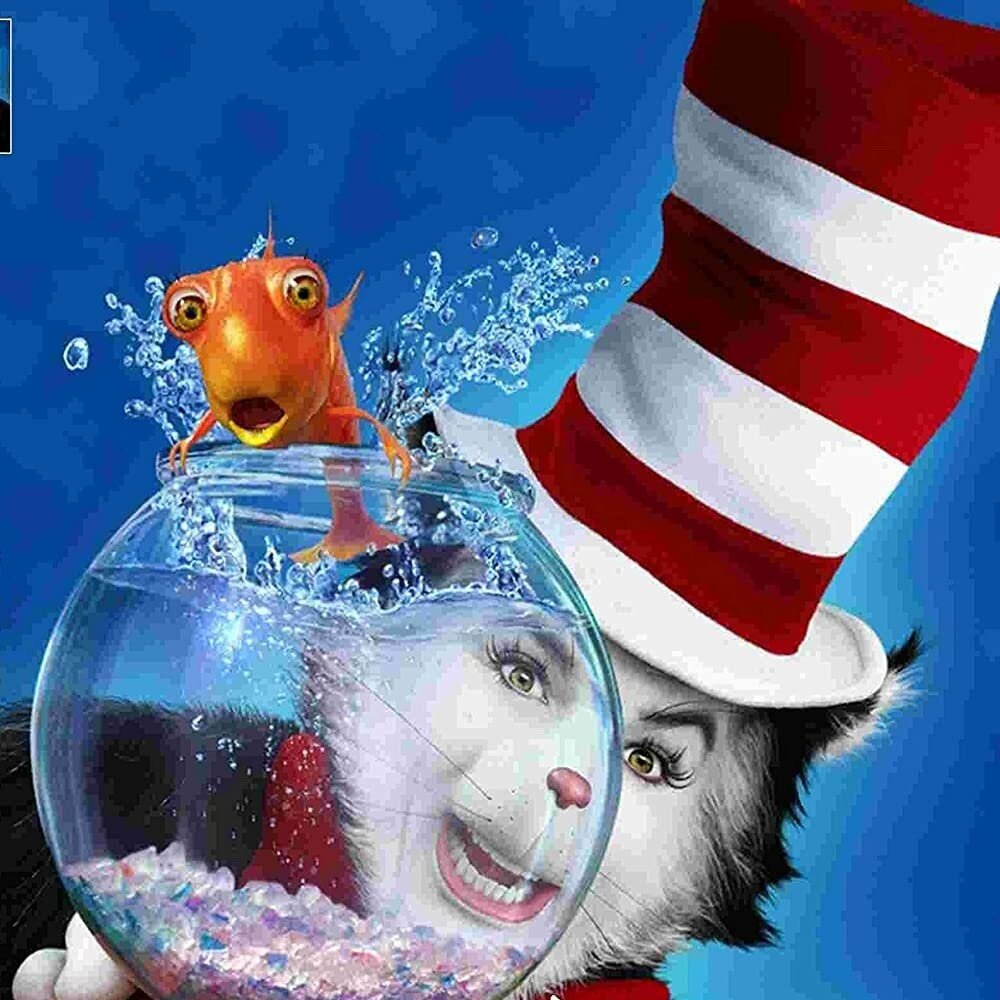Fulci's Zombi Trilogy
In 1968, Night of the Living Dead inspired young filmmakers like John Carpenter, Wes Craven, and Tobe Hooper - who would go on to create some of the greatest horror movies of all time and usher in the modern era of horror films - and it continues to be cited by more recent genre filmmakers, perhaps most emphatically by Edgar Wright, as one of the most influential films on their careers. It also led to an almost uncountable number of official and unofficial sequels of wildly varying quality. Perhaps the “most official” of the unofficial sequels is the “Zombi” series, which began with the European release of Dawn of the Deadby horror legend Dario Argento.
In some ways, the multitude of sequels can be traced back to a 1964 film, The Flesh Eaters, and some wacky copyright laws. What we know as Night of the Living Dead was ready to be released as Night of the Flesh Eaters until pressure from distributors forced a name change to avoid confusion with a film that had come out four years earlier. When the old title card was removed from the film and changed to the now iconic title, the filmmakers forgot to put a copyright notice on the new title card. By law, at the time, after its first screening without the copyright notice it entered public domain. The filmmakers ended up not making nearly as much money as they could have, and under financial stress, tensions rose between director George Romero and writer John Russo. Eventually the team decided to split up, though both would go on to make more films, and both claimed that their series was the official continuation (history would decide that it was Romero whose films got the “official” stamp).
So with the film in public domain and two artists claiming they were continuing the series, the landscape was perfect for unofficial sequels to crop up. To make things even more cluttered, Dario Argento entered the picture. Romero was looking for funding to make his sequel, and, unable to find any American backers, found Italian horror director Dario Argento willing to fund his film - provided that he could handle the European release. The film that was released as Dawn of the Dead in the United States was released as Zombi in Europe and prominently displayed “Presented by Dario Argento.”
Argento recut the film to give the audience something more similar to the Italian horror films that had been on the rise. So he took out essentially all of the character development, got rid of the humor, extended the Goblin score to accompany the entire film (as opposed to Romero’s cut, where about half of the score is stock music that he had pulled down from the shelves), and did everything he could to get straight to the action. The result is a vastly different film from Romero’s cut.
It’s hard to compare the two films, which seems crazy because they are just two different cuts of the same movie. Argento’s cut benefits from reducing the set up before the four main characters – a couple, Stephen and Francine, and SWAT officers Roger and Peter – fortify themselves against the zombies inside the mall, whereas Romero’s cut really drags for the first 30 minutes. The quick cuts give the film a sense of urgency and do remove some unnecessary dialogue, but while Argento went for a more serious film, his quick cuts get rid of some of the original’s darker moments. For instance, in one scene, the characters decide they should get rid of the corpses inside the mall and throw them all into a freezer. After making a pile of dead bodies, there is a moment when Peter looks at the pile and seems to remember that these were all people just a day before. For the audience, it’s a moment to slow down, to not get caught up in the fun of shooting zombies and watching blood fly, and to realize along with Peter how serious things are for them. But in Argento’s cut, this moment is completely gone. There, the zombies are just objects for people to kill, for the audience to cheer as blood flies everywhere. There’s no difference between Stephen and Francine taking target practice with some mannequins and actually going out and killing the zombies. In an effort to make the film move more quickly, Argento sacrifices the moments of real drama. His cut may have less of the outright humor than in the Romero cut, but that doesn’t automatically make it more serious.
The two cuts are also a fascinating example of how the score can completely change the way a scene works. A scene featuring generic, carnival-like music that makes the biker gang seem like a bunch of clowns in Romero’s cut plays out completely different when backed by the Goblin score in Argento’s cut. By Romero’s take, the editing and the score make it seem like smashing pies in the faces of zombies is both a reasonable and effective strategy against them.
Zombi was a financial success upon release in Europe and opened the door for sequels to be made. These sequels were marketed as sequels to Zombi, which implied a connection to George Romero, but they had nothing to do with the American series. In Italy, Zombi 2 was written as a sequel to Argento’s Zombi, and an equally successful Italian horror director, Lucio Fulci, was brought in to direct it.
Zombi 2, released just one year after Zombi, is completely different from the films that inspired it. It takes the idea of action over character and cranking it up to another level. The film centers on Anne’s search for her father, who was conducting research on a mysterious illness that is killing the inhabitants of a Caribbean island and causing the dead to come back to life. There is none of the social commentary of a Romero zombie movie. Instead, there is tons of Fulci-style gore, which is some of the most disgusting and disturbing filmmaking there is. Zombies attack the home of another doctor on the island, and the attack ends with a giant wood splinter piercing through his wife’s eye, killing her. It’s painful to watch, but it’s also expertly crafted to make it as difficult to watch as possible. In another scene (that highlights just how far this movie is from Night of the Living Dead) Anne is given a boat ride from a married couple. After the wife goes scuba diving topless, she is attacked by both a shark and a zombie. A topless woman fends off a shark and a zombie at the same time. It’s a ridiculous scene, and yet again Fulci is able to make the most mindless scenes watchable with the way his editing and camerawork add tension. It’s stupid, but it’s great filmmaking.
The success of Zombi 2 made Zombi 3 inevitable. A script was quickly put together and Fulci came on-board to direct the film. With Zombi 2, he was able to turn a bad script into a watchable film with his superb ability to make a horror movie, but Zombi 3 proved to be too bad for Fulci to save. After six weeks of shooting, Fulci had trouble getting 70 minutes of usable footage because he thought the script was so dreadful. The studio would not allow for a rewrite, so Fulci left the film. After Fulci left, more editing was done to the film, and there was barely 50 minutes remaining, so the studio decided to bring in second unit director Bruno Mattei to direct new scenes. The result, unsurprisingly, is a film that feels like 50 minutes of one film and 30 minutes of a completely different film sprinkled in from time to time. Both films are equally terrible.
Zombi 3 follows a group of doctors working at a military base to try to create a serum that can bring the dead back to life. The serum accidentally infects live humans before they have completely figured it out, turning them into zombies. After the military burns the bodies of the victims, the compound is released into the atmosphere and begins to infect all the living things around the base. What follows is a sequence of scenes that are sort of related to one another, but are really just an attempt to get characters into a location where they can be attacked by zombies. It’s “and then…” filmmaking at its worst.
It seems Fulci, realizing how bad the script was, tried to amp up the grossness of the film in order to hide the poor quality. The only scene where this really works is one where a group of characters find themselves in a hospital, and, at the same time they are fending off a zombie attack, they must help a pregnant woman deliver her baby. The scene feels like it has actual stakes and is engaging to watch, and then it takes an incredible Fulci turn when the newborn is revealed to be a zombie and devours its mother as well as another woman in an enormous bloodbath. Just for a few minutes, the film transcends its disappointing writing and revels in completely repulsive effects.
The most startling aspects of the film, however, are all the references to the Romero Deadseries. There are arguments between the doctors and soldiers that are almost completely ripped from Day of the Dead. The theme of science versus military might isn’t completely satisfactory in Day of the Dead, but it’s in a completely different league when compared to any kind of themes that are shoehorned into Zombi 3. Further, Zombi 3 invokes the ending of Night of the Living Dead, when just before the final scene a surviving character is mistaken for a zombie by a group of soldiers trying to rid the area of zombies and is shot in the head. It’s not ridiculous to expect a scene like this to appear at some point in the film, but it’s staged and played out almost identically to Night of the Living Dead. As a film that’s part of a series with at least some tie to the Romero films, it’s almost asking to be compared to the films that it’s referencing, which is a terrible idea when those films are orders of magnitude better.
Zombi 3 failed at the box office, and in an attempt to make back the money that had been lost, there were more Zombi films ordered. This was just the beginning of a series that would continue for several more films, which only declined in quality and did not perform that much better financially. George Romero’s classic horror films had spawned a universe of zombie films that desperately tried to fake connections to the original series. But what they went for in name recognition, they turned away from in style: moving towards more action, more gore, less characterization, and a complete absence of themes. While Fulci was able to squeeze out as much entertainment as he could from what he was working with, these films demonstrate that what horror does best is deconstruct societal issues under the pretense of a battle against some kind of monster. Without that aspect, it’s possible to find things to like, but overall, the films are not completely satisfying.



